7 useful tips on how to avoid getting sick while traveling
You’re not far off if it feels like you pay for every airline journey with a cold or virus. According to studies, people routinely report increased rates of cold symptoms after flying, with 3 to 20% reporting of symptoms a week following a two and a half hour journey.
While recirculated air is commonly blamed when people become unwell after flying, the researcher’s findings were considerably more startling. The main reasons are dry air and the body’s physiological response to a lack of humidity, followed by “little cabin area per passenger,” and finally restricted air circulation. Instead of wasting your time in transportation wondering about whether germs lurk around every turn, take precautions. Here’s a seven-step approach for protecting yourself against cold and flu viruses when traveling.
1. Stay well hydrated

Most commercial flights travel between 30,000 and 35,000 feet in altitude when humidity is far below the 15% necessary to keep nasal passages wet. When the mucus membranes of the nose and throat become dry, the natural drainage mechanism that takes any viruses or germs met down to the stomach to be flushed out is inhibited. Water keeps the mucus membranes of the nose and throat wet and ready to combat infections.
What helps: Drink a bottle of water before you get on the flight, so you start your journey well hydrated. If you hate buying bottled water, carry an empty water bottle through security and fill it as soon as you’re through.
2. Travel with nose protection
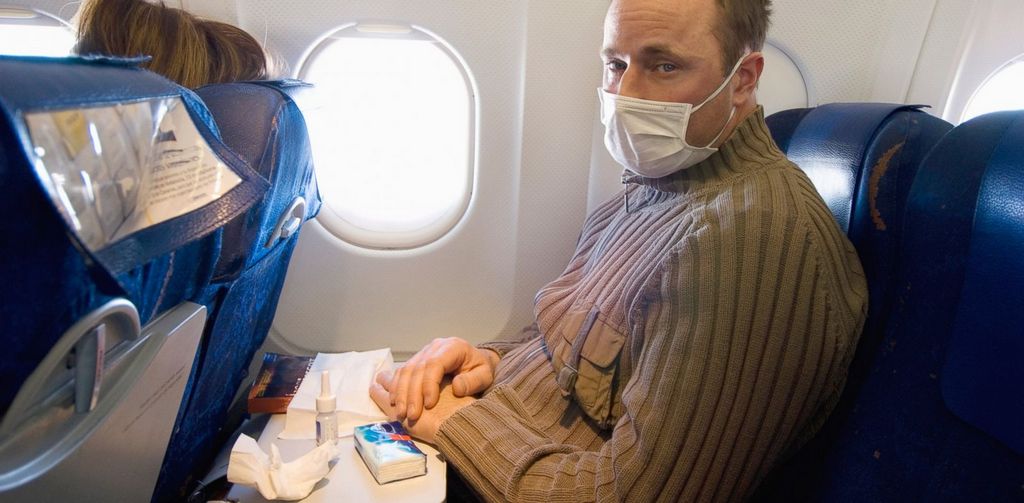
According to the National Institutes of Health (NIH), airborne germs are one of the top-two sources of cold virus infection. You can’t make sure the limited amount of air on a plane is germ-free, but you can try to prevent the germs from getting to you.
What helps: To keep your nasal passages moist, use a saline nasal solution or nasal spray (simply follow the recommendations on the package), which effectively increases your body’s own germ-flushing function. Alternatively, apply a tiny quantity of Neosporin or petroleum jelly just inside the nostrils (use a Q-tip if your hands haven’t been washed recently). The antibacterial effect of Neosporin is unlikely to provide much of a barrier when used in this manner, according to experts, although it never hurts to moisturize the inside of the nose.
Steam from hot beverages such as tea, coffee, and hot chocolate is also an excellent technique to keep the mucous membranes wet. If you want to forgo caffeine in order to sleep on the plane, bringing your own decaf or herbal tea bags and just asking for hot water is a wonderful alternative.
3. Be on guard against food-borne bacteria

Although you may like the convenience of in-flight meals on shorter trips, those provided on longer flights and in first class may not be as beneficial as they look. The FDA issued a warning about food-borne illness from airplane food in 2010, reporting that cockroaches, ants, flies, and debris were discovered during an inspection of the Denver facility of the world’s largest airline caterer, LSG Sky Chefs, which provides 405 million meals per year to more than 300 airlines worldwide. The FDA also discovered the dangerous bacterium listeria in kitchen floor samples.
LSG Sky Chefs claims to have taken corrective action since then. However, such information is far from comforting, as FDA inspection records reveal that unclean and dangerous conditions have been discovered in many of the catering companies that have served food to airlines in the last two years.
What helps:Because heat destroys the majority of food-borne germs, be sure your airplane meal is served hot. Send it back if you find indications that a meal was not fully cooked, such as a still-frozen or chilly patch in the center. Make certain that all snacks and sandwiches are supplied under plastic wrap. Bring your own meals from home if possible.
4. Beware your fellow passengers
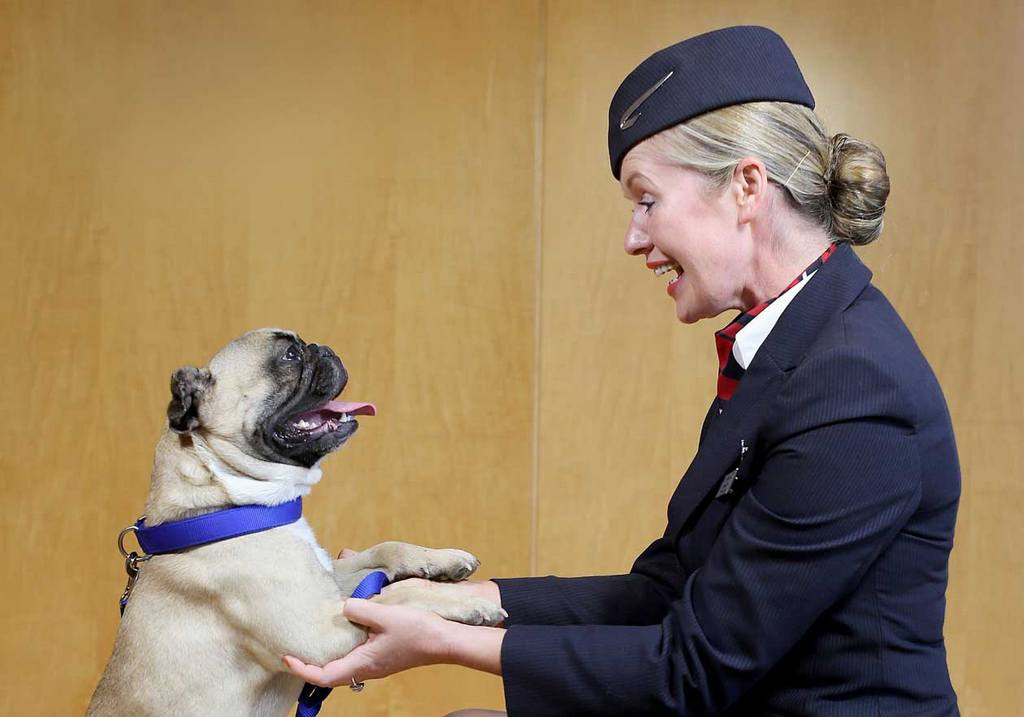
The bad news is that one individual with the flu who is coughing and sneezing can spread the virus to others. According to recent study, you’re only at risk of acquiring the flu if you’re within two rows or seat lengths of the ill individual. Passengers were found to be at a 3.6-percent increased risk for flu if they sat within two rows of someone with symptoms in a study conducted after the arrival of H1N1 flu in 2009 and published in the Centers for Disease Control (CDC) publication Emerging Infectious Diseases, and the risk jumped to 7.7 percent if they sat within two seats of the sick passenger.
What helps: If you suspect a fellow passenger of spreading germs, ask the flight attendant if you may relocate. You may either be honest about the issue or attempt another strategy, such as volunteering to sit in an exit row, requesting a seat closer to the restroom, or offering to swap seats with someone who wishes to sit closer to children or other family members.
If you are unable to relocate, take precautions to protect yourself. If someone behind you is coughing or sneezing, do not tip your seat back, as this will put you closer to them. If the individual chopping away is in the row in front of you, lean back in your seat; even gaining a few inches might be beneficial. And, if at all feasible, travel with a face mask – which can be purchased at any medicine shop – and use it only when you have no other choices.
5. Disinfect, disinfect, disinfect
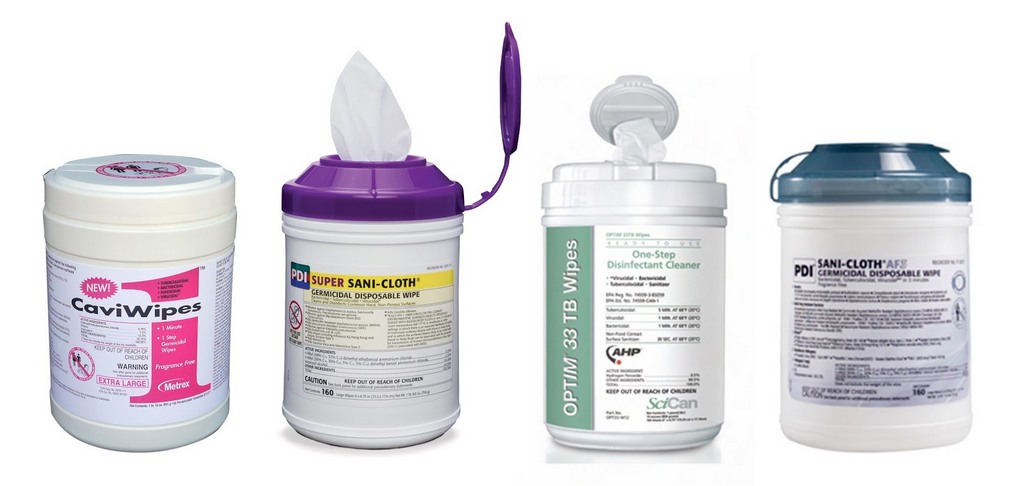
The rhinoviruses that cause the common cold, according to the National Institute of Allergy and Infectious Diseases, may survive for up to three hours on shared surfaces such as armrests, tray tables, and restroom door knobs. And what about the seat pocket in front of you? The person before you may have dumped his old tissues or napkins there.
What helps: Pack disinfectant wipes, and use them to wipe down tray tables, seat arms, remote control devices, and TV touch screens. Try not to stash personal items such as eyeglasses and Kleenex in the seat pocket. Instead, keep them in your carry-on. For public surfaces you have no choice but to touch, such as bathroom door handles, use a tissue or paper towel between your hand and the object. And always wash your hands before touching your eyes or your nose; experts say this is the most common route for cold and flu transmission.
6. Honor your inner germophobe
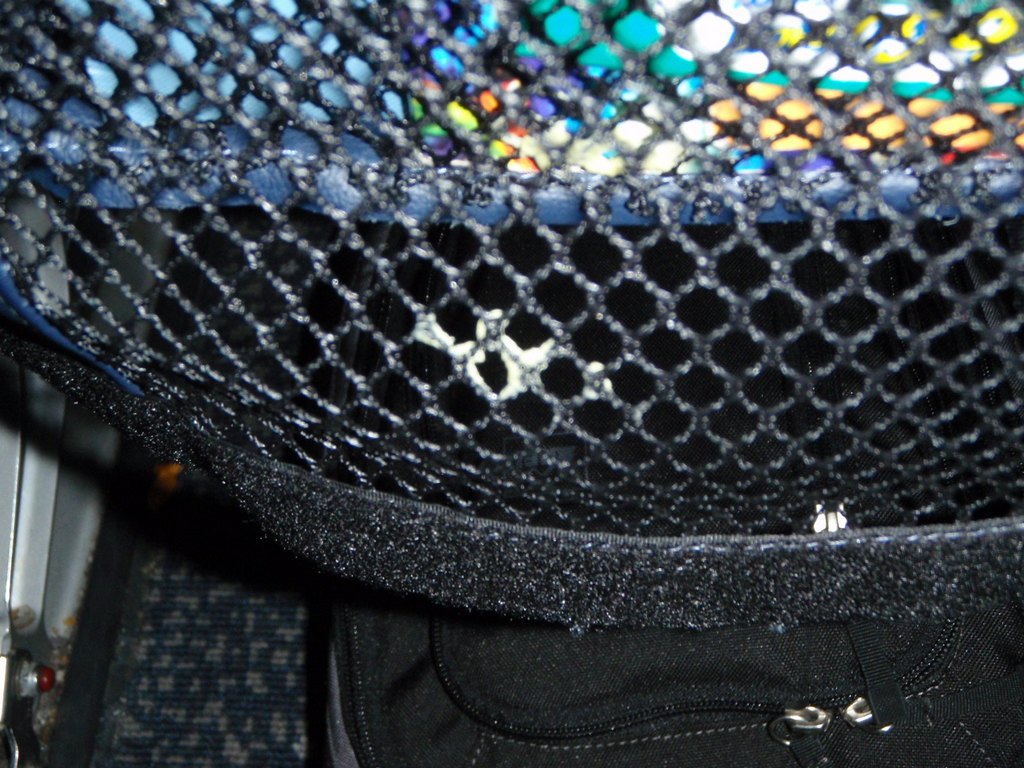
This is one instance where being paranoid is simply common sense. Germs are everywhere around you, and when you’re stuck in a cramped aircraft cabin, there’s no way to get away from them. However, by remaining vigilant, you can prevent them from infiltrating your fortifications. Even if you don’t give cold and flu viruses much attention in your regular life, it’s a good idea to take additional precautions when traveling to prevent them – or to destroy them before they do harm.
What helps:
As a primary line of protection against all forms of sickness, hand washing is unrivaled. Wash your hands before and after boarding the plane, and use a paper towel to turn off the faucet so you don’t take up any additional germs before you leave. And don’t forget to scrub beneath the nails; according to a recent research, this is where up to 70% of bacteria hide.
Carry an alcohol-based hand sanitizer with you for when you can’t get to the restroom to wash your hands. Also, avoid touching your eyes or nose with your hands unless absolutely necessary, and always wash your hands before doing so.
7. Fight for your right to fresh air
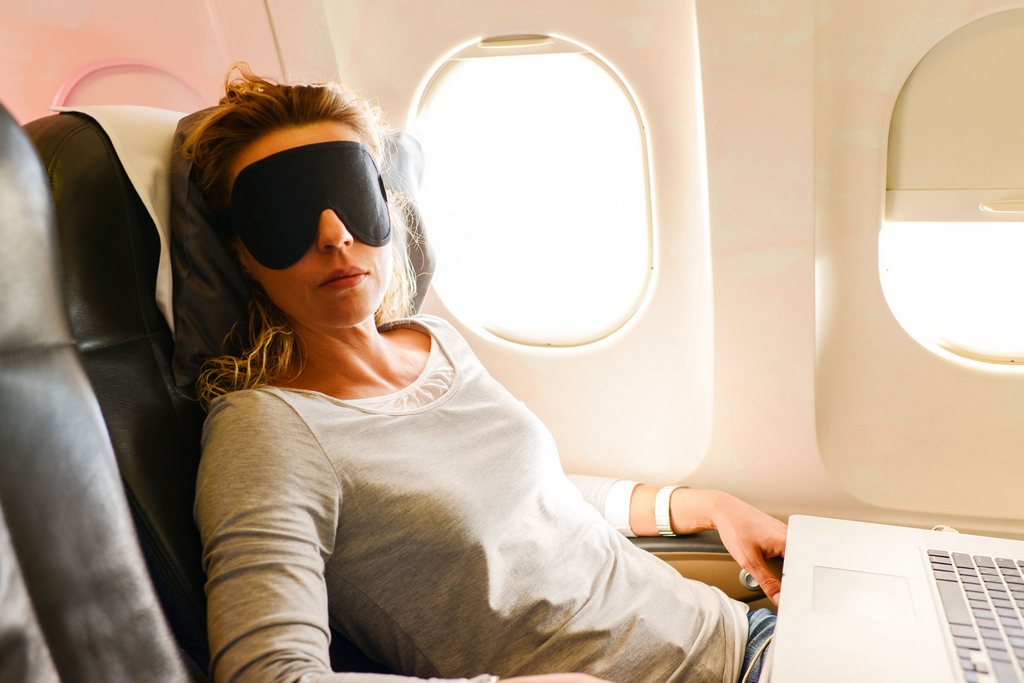
If you’re tempted to close that air vent blasting a chilly breeze, don’t. According to research on cold transmission on flights, one of the primary reasons airplanes are safe havens for viruses is a lack of circulating airflow. Because actively recirculated air is filtered, planes with effective ventilation systems have lower rates of cold and flu transmission than those without. Furthermore, the blowing air might aid to drive away viruses that may float into your area from a close passenger.
What helps: Be wary of any circumstance (such as a runway delay) in which you are forced to board a plane with the ventilation system switched off; there have been reported epidemics of flu aboard planes under similar situations. Many years ago, in one infamous case study, 72 percent of passengers who were delayed for three hours before departure due to engine issues fell ill within two days – and the researchers tracked the flu strain back to one sick passenger. Planes have improved since then, but every time individuals are confined in close quarters for extended periods of time inhaling stale air, they are more vulnerable to airborne viruses.
The FAA requires that passengers be evacuated from an airplane within 30 minutes after turning off the ventilation system, however, this requirement is not usually followed. If you’re on a delayed flight and see the air conditioning going off, keep an eye on the time and remind flight attendants that rules require the ventilation to be turned on.
















